Creating a strong bond with your dog starts with understanding their unique needs and behaviors.
Establishing trust and affection isn’t instantaneous; it requires patience, consistency, and a genuine commitment.
You’ll need to grasp the intricacies of establishing a predictable routine and employing positive reinforcement techniques.
Spending quality time together, whether through play or exercise, is vital.
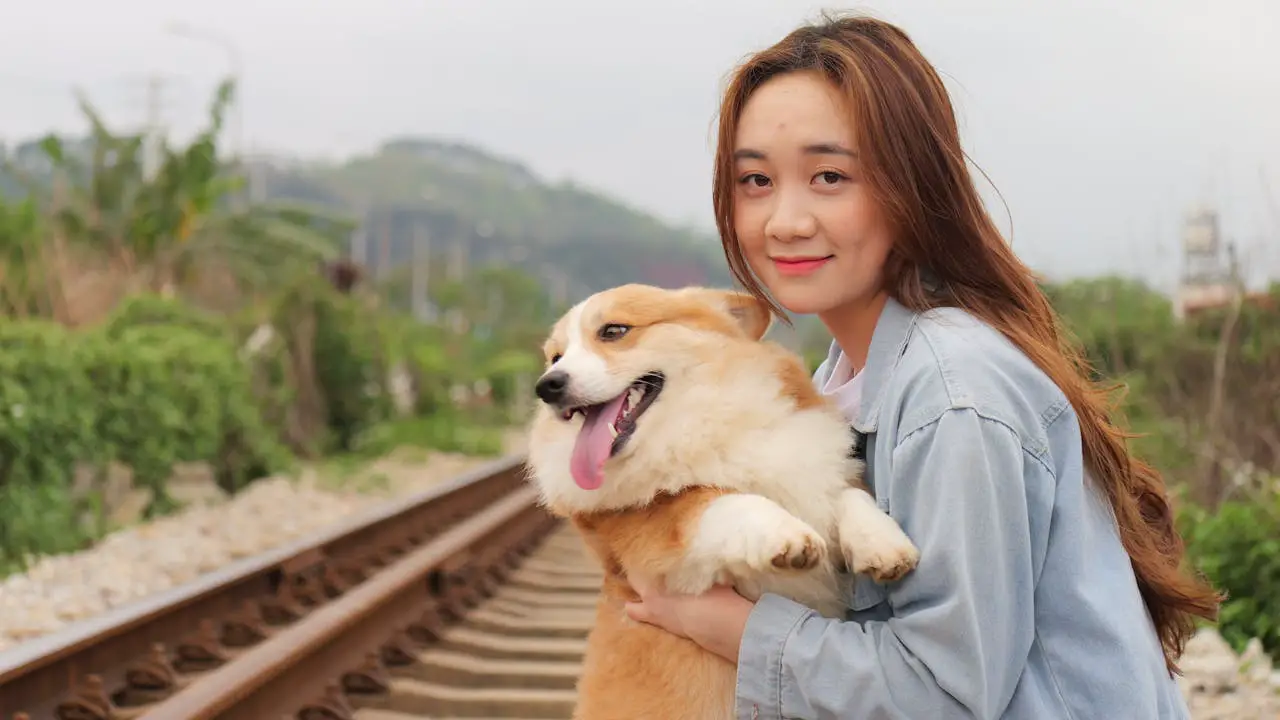
However, it’s not just about the good times—you also need to respect their personal space and create a safe environment.
Curious about the finer details and actionable steps to deepen this bond?
This post contains affiliate links. However all the information provided on this site are my own honest opinions. See more in Disclaimer.
Table of Contents
1. Provide Consistent Routine

Just as interpreting body language strengthens your bond, establishing a consistent routine provides your dog with a sense of security and predictability. Dogs thrive on routines because they know what to expect, which reduces anxiety and builds trust.
- Feed at the same times every day to establish a reliable meal schedule.
- Walk at consistent times to reinforce structure and exercise.
Focus on creating a stable meal schedule and bedtime routine, so your dog feels safe and loved.
- Set a bedtime routine that includes calming activities like brushing or a gentle cuddle.
- Stick to regular playtimes to balance physical and mental stimulation.
Maintain a predictable daily schedule to reduce stress and confusion.
Also see our post with 13 amazing tips on how to show love to a dog.
2. Use Positive Reinforcement
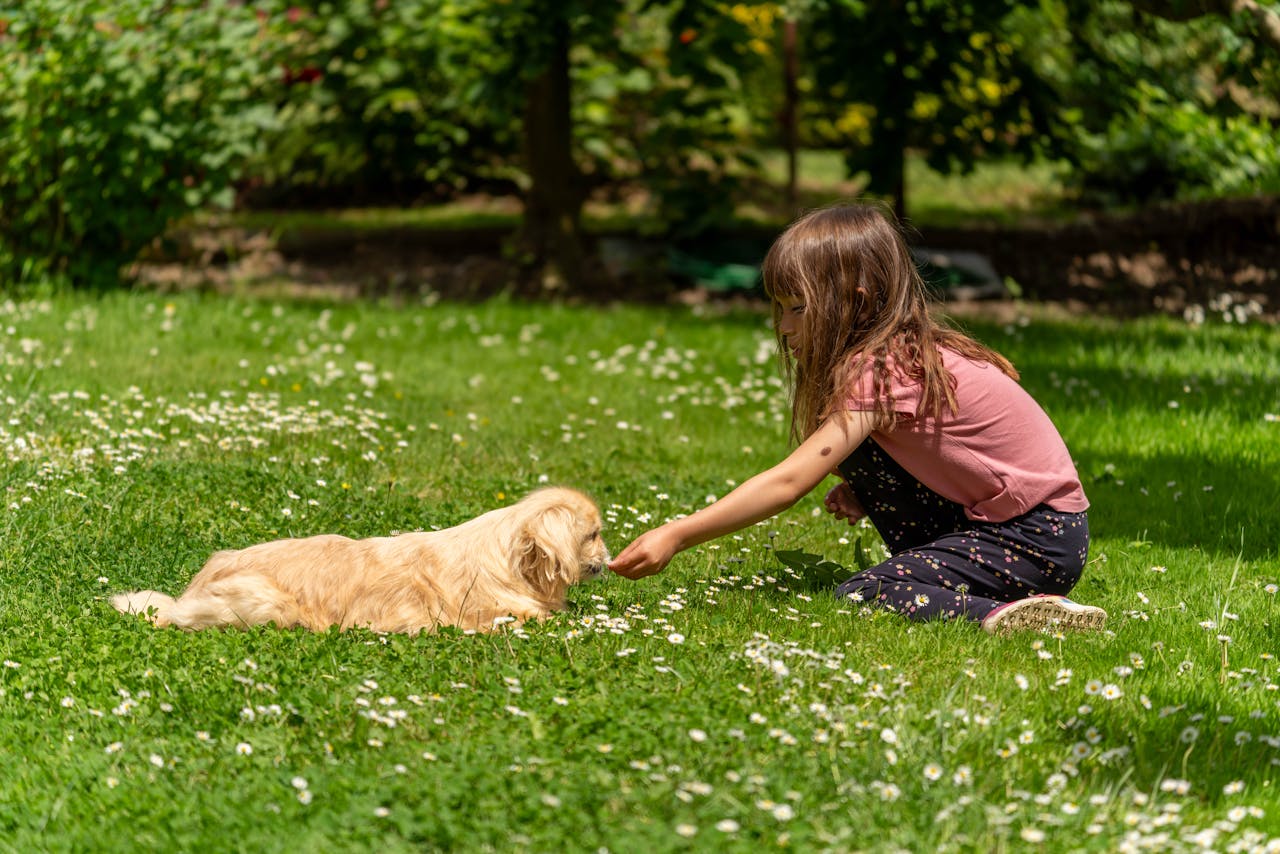
Important reinforcement is a powerful tool to encourage desirable behaviors and build a stronger bond with your dog. Clicker training is particularly effective, as the clicker provides a clear, consistent signal that a reward is coming.
Also See:
To start, associate the sound of the clicker with treats so your dog understands it means something good. Timing is essential; click and reward immediately when your dog performs the desired behavior. See our post on how to clicker train a dog here.
This precise reward timing helps your dog quickly connect their actions with positive outcomes. Be patient and consistent, offering praise, treats, or even a favorite toy.
Over time, your dog won’t only learn new commands but also develop a deeper sense of trust and love towards you.
3. Spend Quality Time Together
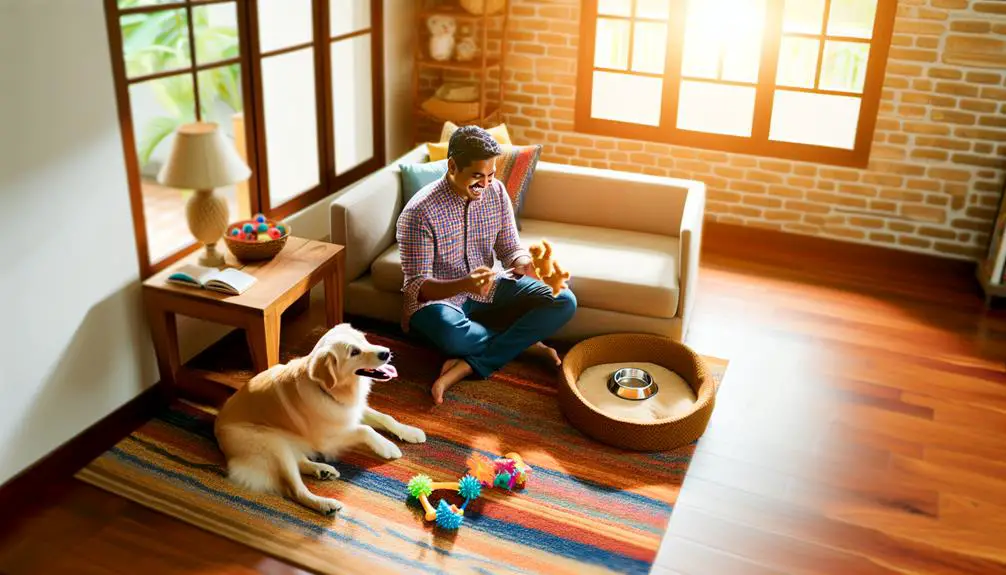
Building on the trust you’ve established through positive reinforcement, spending quality time together deepens your bond and enhances your dog’s sense of security and happiness.
Daily walks provide essential exercise and give your dog a chance to explore their environment, fostering a sense of adventure and well-being.
Cuddle sessions are equally important, offering physical closeness and warmth that strengthens your emotional connection.
Here are some activities to explore:
- Daily walks: Essential for physical and mental health.
- Cuddle sessions: Create a sense of safety and affection.
- Training sessions: Reinforce good behavior and build mutual respect.
- Quiet time: Simply sitting together can be very comforting.
- Routine: Consistency helps your dog feel secure and loved.
Spend quality time with your dog, and you’ll see your relationship flourish.
4. Engage in Play and Exercise
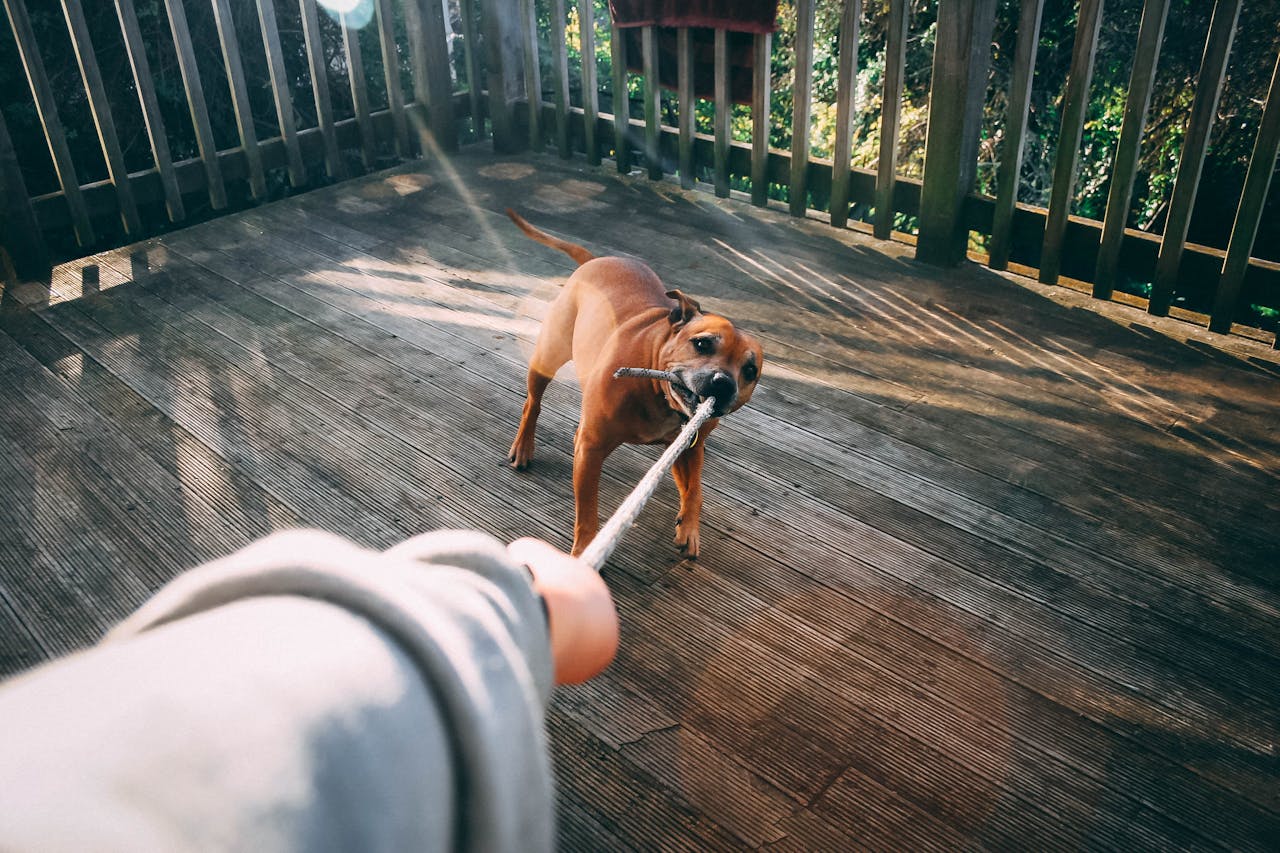
Engaging in play and exercise with your dog not only keeps them physically fit but also mentally stimulated and happy. Taking your dog on outdoor adventures, such as hiking or trips to the beach, strengthens your bond and provides much-needed exercise. See our post on how to train a dog for hiking here.
Incorporate interactive toys into your playtime to challenge their mind and keep them engaged. Whether it’s a game of fetch or tug-of-war, these activities show your dog that you care about their well-being.
Regular play sessions help build trust and deepen your connection. It’s essential to be consistent and responsive to their needs, proving you’re a reliable and loving companion.
Check out our post with 10 Rainy day games to play with your dog.
5. Offer Treats and Rewards to Your Dog
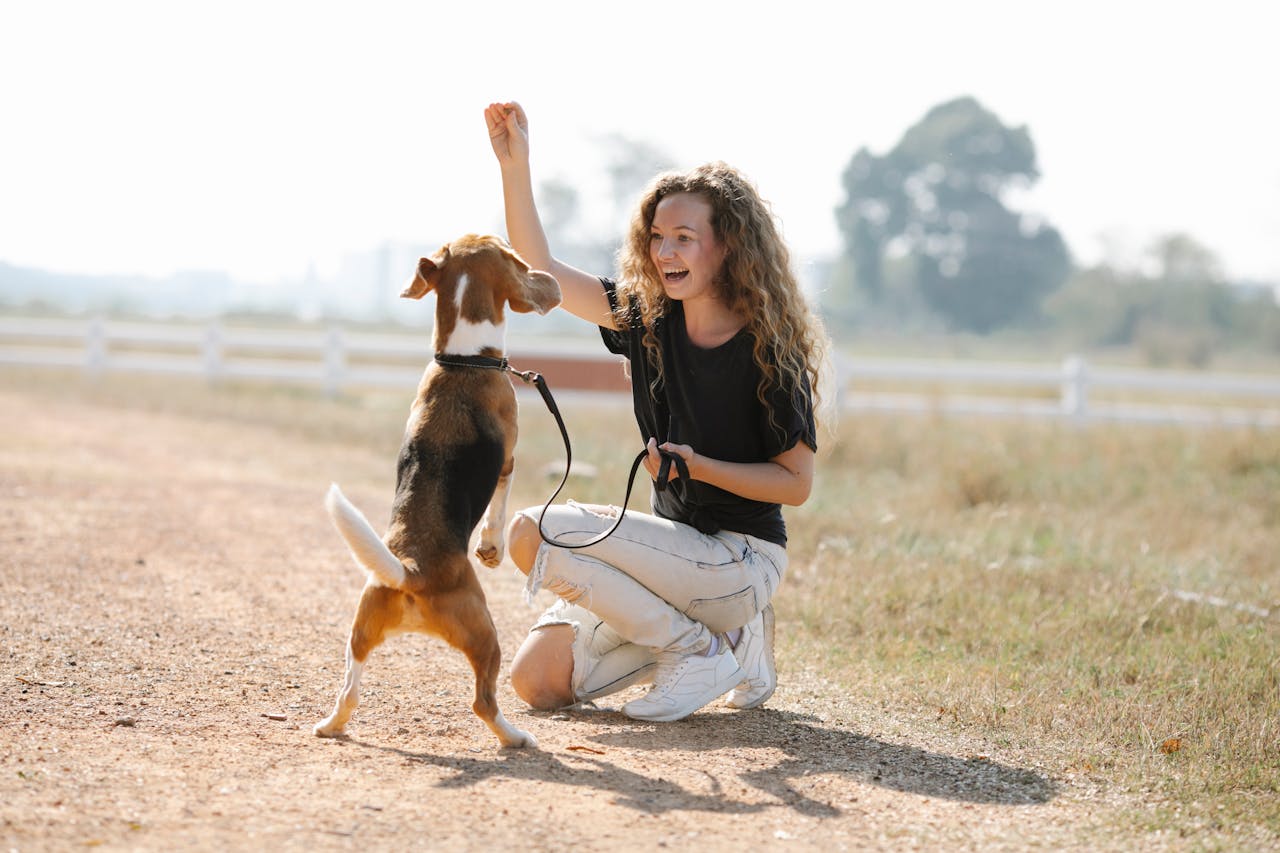
Offering treats and rewards is an effective way to reinforce positive behavior and show your dog that they’re loved and appreciated. When you use high-value treats, you’re providing an extra incentive for your dog to listen and obey.
Timing is crucial—reward your dog immediately after they perform the desired behavior to strengthen the association. Consistency in your approach will help your dog understand what’s expected of them.
Here are some tips for offering treats and rewards:
- Use high-value treats that your dog loves.
- Keep treats small to avoid overfeeding.
Reward immediately to guarantee proper timing. Mix up the types of treats to keep things exciting. Pair verbal praise with treats for added reinforcement.
6. Be Patient and Gentle
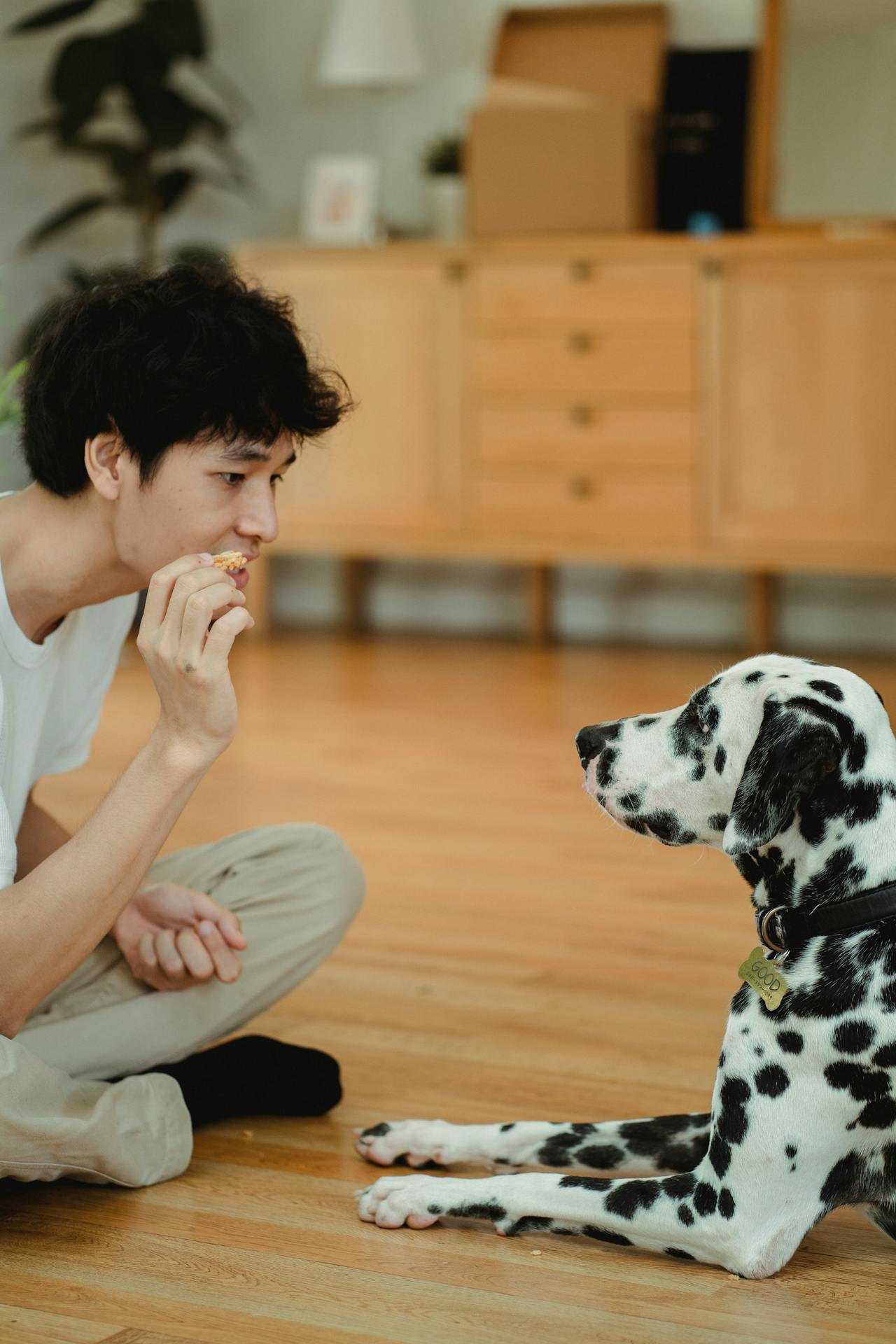
Cultivate a trusting relationship with your dog by always being patient and gentle in your interactions. Patience is key, especially during puppy socialization.
Introduce your puppy to new experiences slowly and calmly. Allow them to explore at their own pace without forcing them into uncomfortable situations.
Gentle grooming sessions can also build trust. Use soft brushes and speak soothingly, making grooming a positive experience. If your dog shows signs of fear or anxiety, stop and try again later.
Remember, building trust takes time. Consistently approach your dog with kindness and understanding, and they’ll start to see you as a source of comfort and safety.
Your gentle touch and patient demeanor will foster a strong, loving bond. See our post on 10 Myths About Dogs You Probably Believe for interesting tips about dogs.
7. Create a Safe Environment
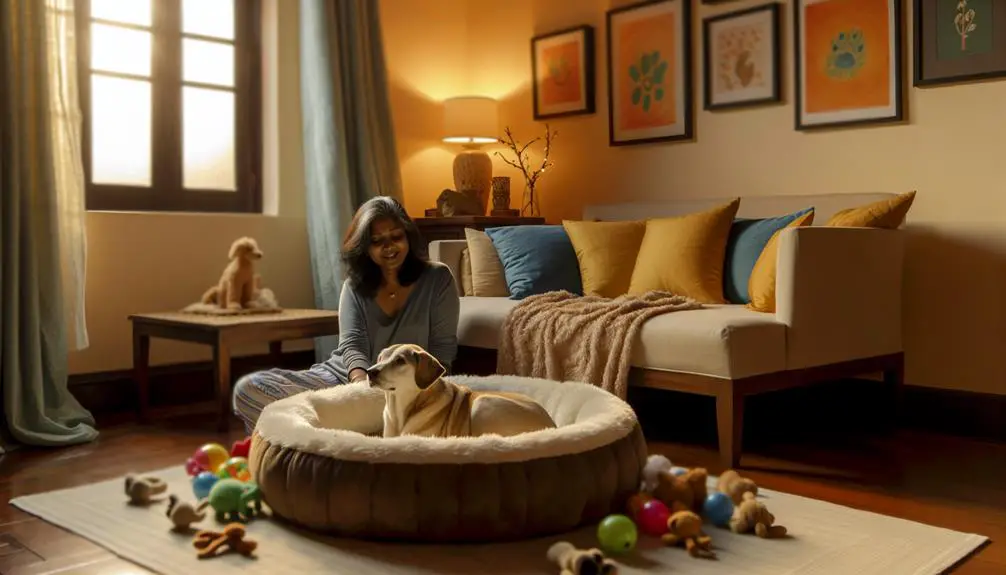
To further build trust and love, guarantee your dog feels secure by creating a safe environment at home.
Start by making sure they have a comfortable, secure bedding area where they can retreat and relax. This space should be free from loud noises and disturbances. Use calming scents like lavender or chamomile to help soothe your dog’s anxiety and make them feel more at ease.
Trending in Dogs:
Providing a stable routine and familiar surroundings can also greatly contribute to their sense of security.
- Provide a designated, quiet space with secure bedding.
- Use calming scents to reduce stress.
Maintain a consistent daily routine.
Keep hazardous items out of reach.
Ensure your dog always has access to fresh water.
Creating this environment will help your dog feel safe and loved.
8. Respect Their Personal Space
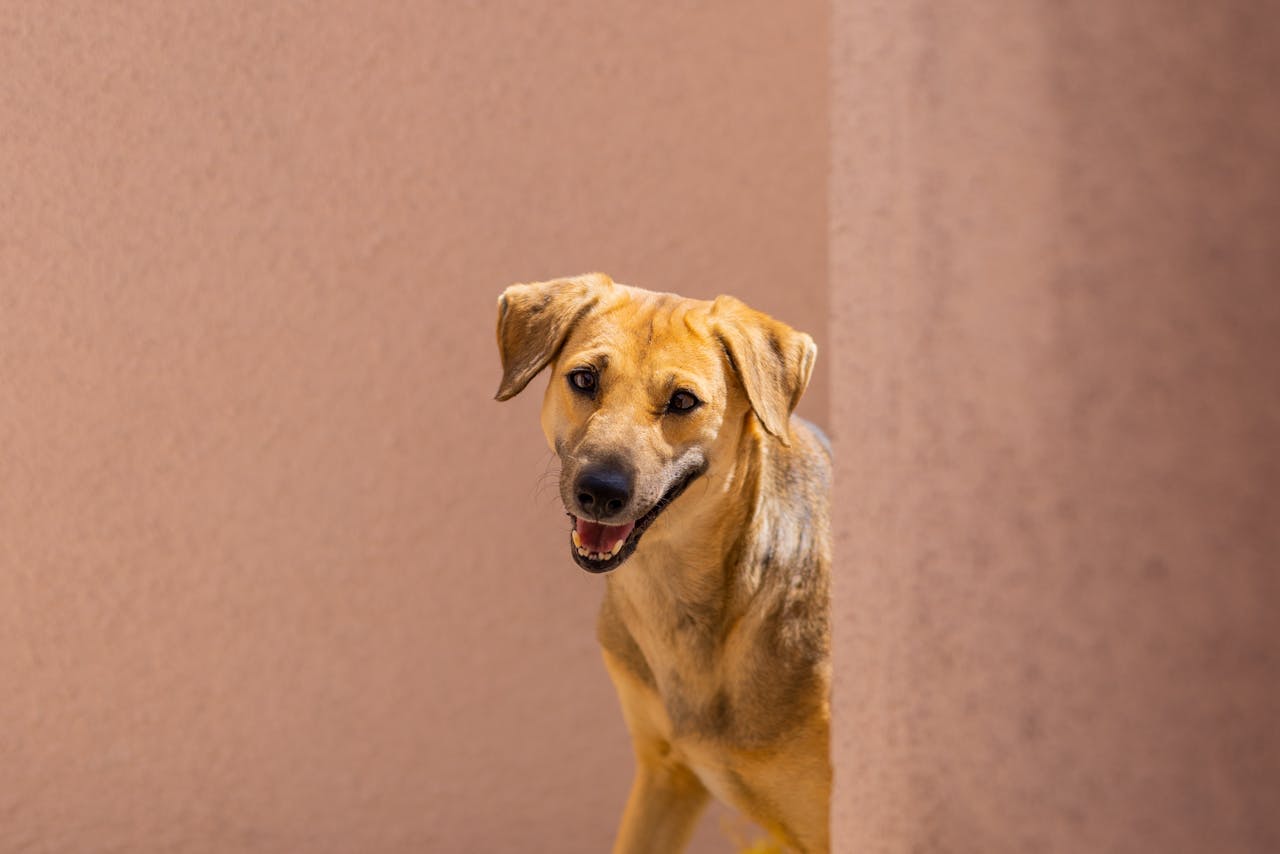
Guaranteeing your dog’s personal space is essential for building a trusting and loving relationship. Just like humans, dogs need a designated area where they can feel safe and relax.
Providing a quiet retreat within your home can make a significant difference in how secure your dog feels. Pay attention to your dog’s body language and avoid forcing interactions when they seem stressed or anxious.
Allowing them to approach you on their terms fosters trust and shows respect for their boundaries. Make sure their designated area is comfortable and free from disturbances. How to train a dog to sleep in a dog bed if you ar having difficulty with your dog sleeping near you.
9. Practice Basic Training Commands
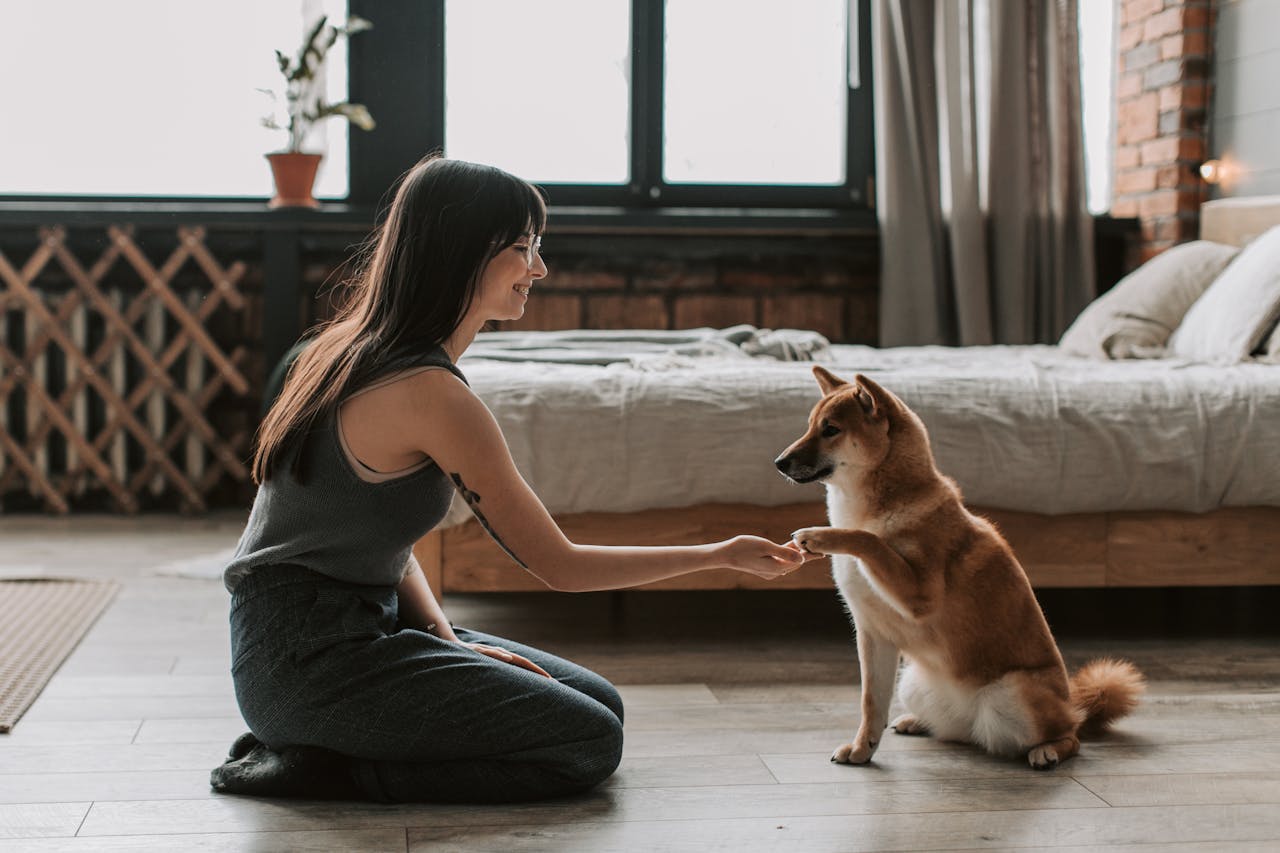
Teaching your dog basic training commands is crucial for building trust and fostering a loving relationship. Obedience training provides structure, reducing anxiety and improving behavior.
Consistency in using the same words and gestures for each command is key to avoiding confusion. Consider incorporating these basic commands into your training routine:
- Sit: Helps manage your dog in various situations.
- Stay: Keeps them in place, ensuring safety.
- Come: Essential for recall and off-leash control.
- Leave it: Prevents them from picking up harmful objects.
- Down: Encourages calmness and reduces jumping.
See our post on how to train a puppy for more tips if you have a younger dog.







